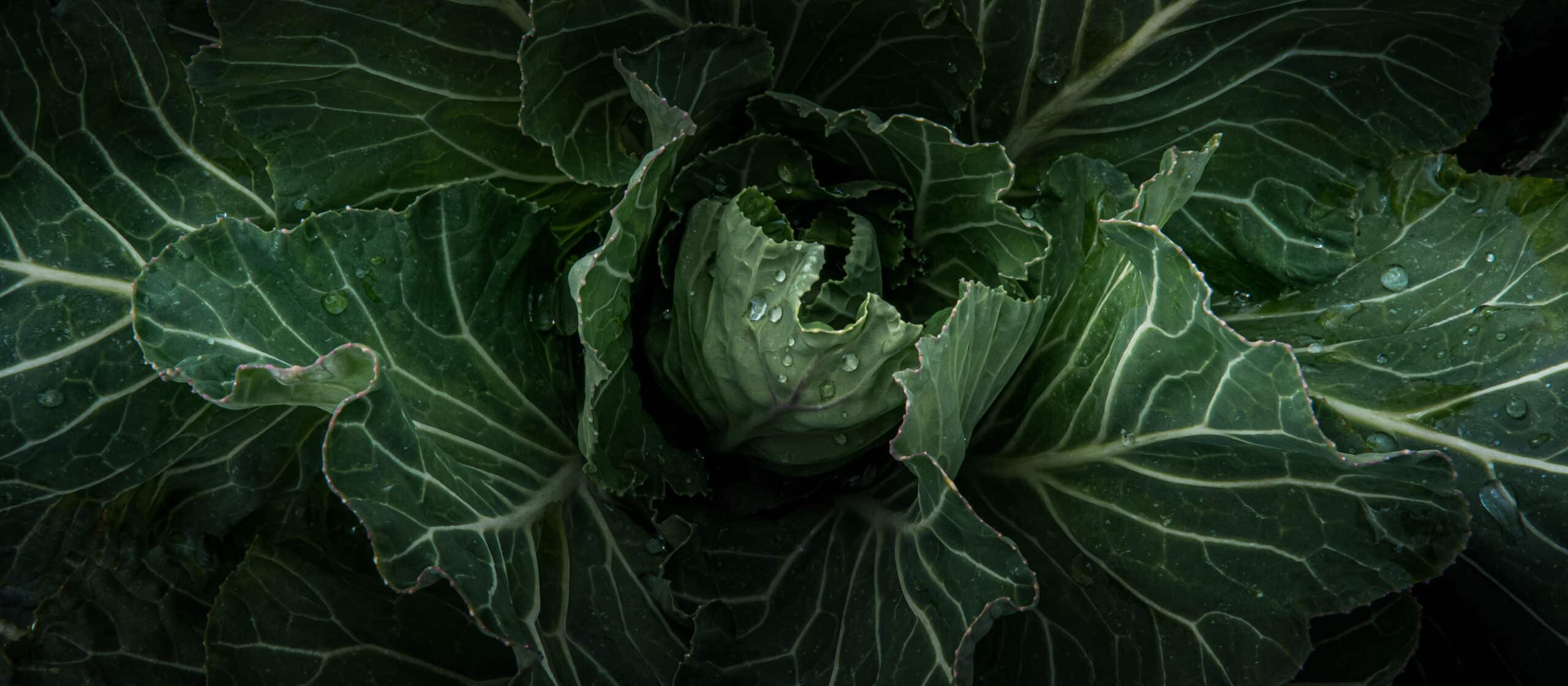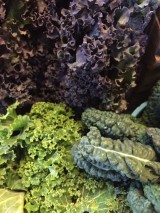
Nutritionist Pantry — Taste the season with mindful eating and balancing flavors. Recipe: Pacific NW inspired Kitchari
Nutritionist Pantry — Taste the season with mindful eating and balancing flavors. Recipe: Pacific NW inspired Kitchari
- posted on: December 21, 2015
- posted by: 21 Acres
"*" indicates required fields

Seriously, who can believe it’s the holidays yet again? Perhaps it’s the frantic traffic, the very focused shoppers who nearly run into you as they check their lists twice, or maybe it’s the shops, streets, and homes a glow with bright colored lights that remind us ’tis the season! Another frequent reminder is the “holiday foods” that appear at family gatherings, office break rooms, and seasonal parties galore. ‘Tis the season for indulgence! But what if we took a break from all the craziness that the holiday season often presents, especially in regards to food? What if we created a new holiday tradition that allowed for more mindfulness around food and our eating environments?
This time of year is perfect for thinking more about how we source our ingredients for those special holiday meals. When we choose high quality, locally produced, pesticide-free ingredients we not only heighten the flavor and nutritional content of our favorite family recipes, we also end up supporting our local economy and reducing the carbon footprint (aka travel miles, petroleum-free growing practices) of our meals. Speaking of flavors, let’s take a closer look at some flavor profiles, which are more likely to be enhanced by choosing higher quality ingredients.
Did you know that our bodies require a balance of six flavors on a daily basis in order to feel truly satisfied and nourished? Mindful eating (the act of slowing down when we eat) is all about noticing flavors, textures, and aromas. According to the ancient Indian tradition of Ayurveda (method to define well being), the six flavors of sweet, sour, salty, bitter, pungent, and astringent are all required in balance of one another. Each one has a specific energetic effect on the body. They warm us up or cool us down; rev us up or calm us down; make us feel complacent or motivated. Taken together, the six tastes can lead body and mind into a state of harmony and create a sense of satisfaction. Leave one or more of them out and you’re more likely to get caught up in the holiday frenzy rather than sailing through with sense of mindfulness, appreciation, and gratitude.
Six Senses of Taste:
Astringent — (beans, berries, Brussels sprouts, broccoli) anti-inflammatory, cooling, aids in detoxification, internally drying (helpful for reducing damp, moist conditions such those associated with the common cold).
Pungent – “spicy” (garlic, onions, chilies, cayenne, ginger) heating and stimulating to the body, boosts metabolism, circulation, and supports digestion. Helps detoxify by drawing fat and fluid out of the body. Fires up emotions, making us feel sassy, energetic, motivated, ambitious, passionate. But a little bit goes a long way as these feelings can also spill over into anger, irritability, hatred, and create burn out.
Bitter — (green leafies, turmeric, coffee) detoxifiers especially for the liver, cooling, anti-inflammatory, and creates sense of dissatisfaction – enough to get us out the door and get things done, think “morning coffee.”
Salty — (rock and sea salts, seaweed, and kelp) warming to the body, stimulating to the appetite, promotes tissue development, helps the body to retain things like calories, fluids, and information, motivates us to seek more from life.
Sour — (vinegar, yogurt, fermented foods) stimulates digestion making us ready to eat.
Sweet — (most fruits, many vegetables, nearly every grain, eggs , dairy, sugars, honey) promotes cooling and soothing, in excess can promote complacency, dullness, and weight gain — especially when sweet is added (candies, baked goods) rather than from whole foods (fruits, vegetables). Sweet coming from added sugars promotes inflammation rather than the traditional cooling effect from naturally sweet whole foods (think produce). When we over consume added sweets, our natural taste buds become desensitized to the sweetness of whole foods. For this reason, coupled with the tremendous “high” we feel from added sweets, we can literally become addicted to the added sugar.
So, in these last few days of making your lists and checking them twice, don’t forget to add bites from each of the six flavors. This will leave you welcoming the New Year with open arms, a clear mind, and a heart full of adventurous intentions for the year ahead. Happy Holidays from the culinary education team at 21 Acres. We look forward to seeing you in 2016!
— Amanda
Recipe — Pacific Northwest inspired Kitchari* with seasonal dark leafy greens (serves 4)
Adapted from Ayurvedic chef Patti Garland’s original recipe
* Kitchari means “mixture” and is a staple comfort food of India often combining two grains or a grain and a legume.
2 Tbsp, plus 1 1/2 tsp Ghee from Cherry Valley Dairy (available at 21 Acres Market)
1/2 tsp minced fresh ginger
1 tsp cumin seeds
1/2 cup Emmer Faro from Blue Bird Grains (available at 21 Acres Market)
1/2 cup yellow sunrise lentils from Pacific Northwest Coop (available at some PCC locations)
3/4 tsp turmeric
1 bunch kale or Swiss chard, leaves torn from stems, chop and reserve stems
1 tsp salt
1/2 cup plain full-fat yogurt from Samish Bay (available at 21 Acres Market or most PCC locations)
Heat 2 Tbsp ghee in medium saucepan over medium-high heat. When ghee is hot, stir in ginger, cumin seeds, and reserved stems from greens. Toast for a few seconds until fragrant. Stir in emmer faro and lentils. Toast for 1 minute. Add 4 cups water and turmeric, bring to full boil over high heat. Reduce heat to simmer, partially cover, and cook stirring occasionally for 40 minutes or until grains and lentils are tender. Add greens and salt. Simmer 5 minutes longer until green wilt but remain vibrant in color. Stir in remaining 1 1/2 tsp ghee just before serving. Top each portion with 2 Tbsp plain yogurt.
—
Amanda Bullat MS RDN CD is a registered dietitian nutritionist with master’s degree from Bastyr University and a background in natural and sustainable food systems. Amanda has taught classes for Whole Foods Market, Keene State College in New Hampshire, Seattle Mountaineers, and various other community organizations. When she is not teaching or coordinating our culinary education program, Amanda supports and inspires clients through her private nutritional counseling practice.











 back to blog overview
back to blog overview








